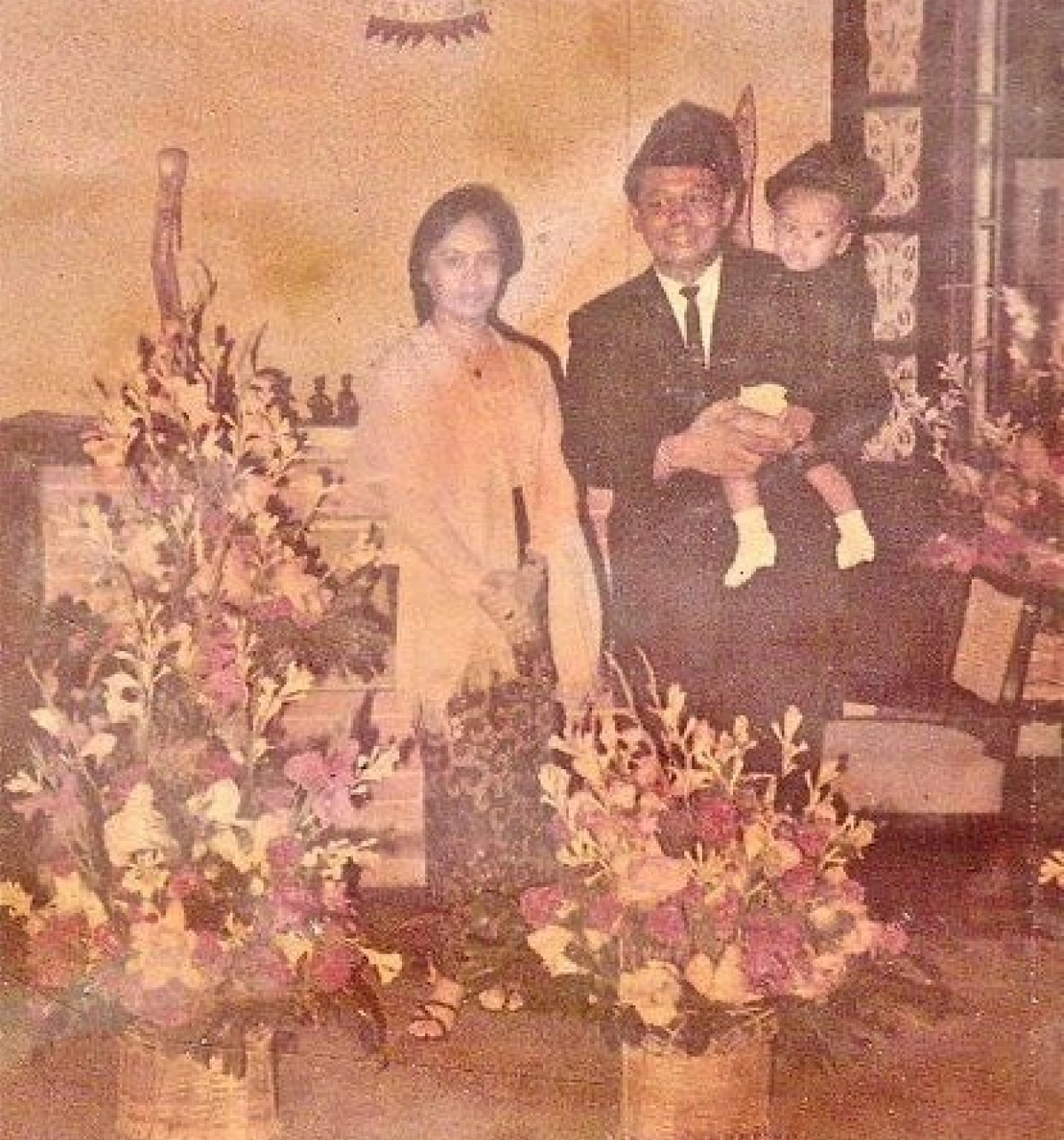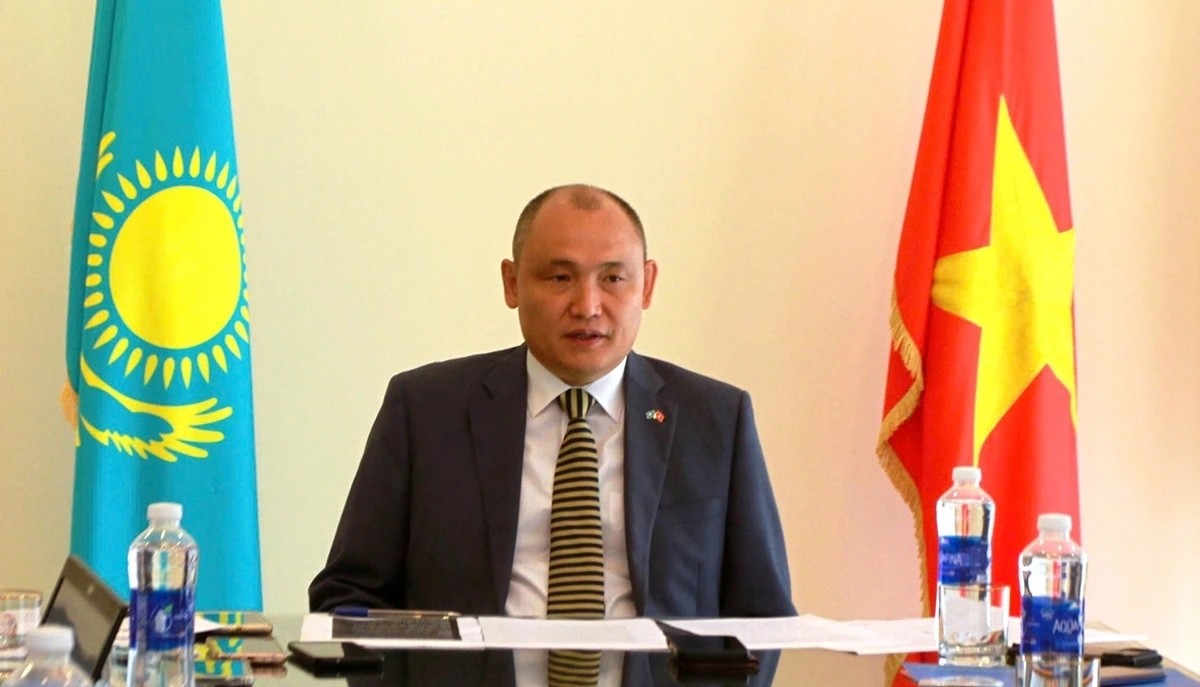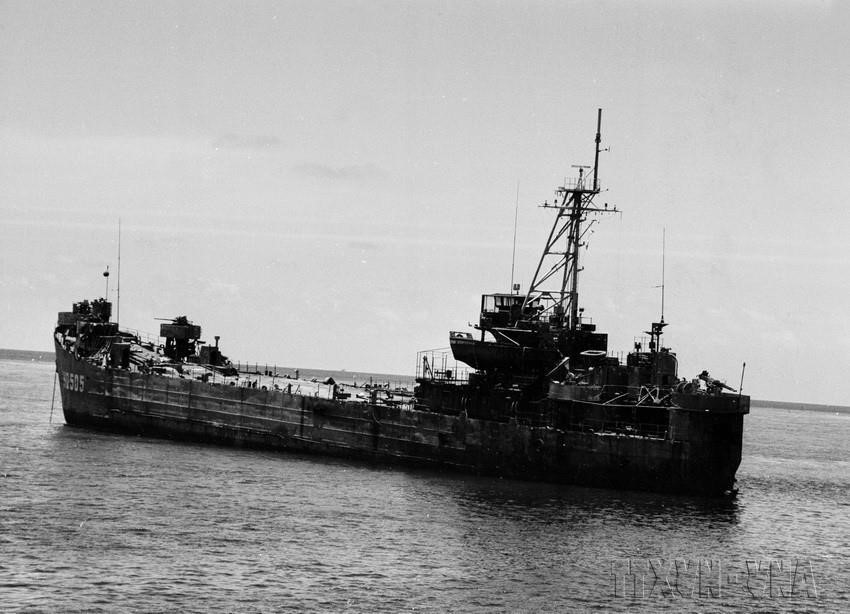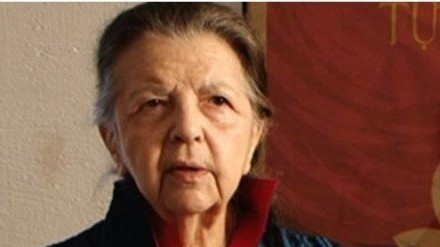Five grim photos that shook the world
The terror of war
On June 8, 1972, the AP photographer Huynh Cong Ut (Nick Ut) was in Tay Ninh when he saw a naked girl running towards him. Ut wondered why the girl didn’t wear any clothes. He soon realized she had been hit by napalm, a type of bomb filled with a firebomb fuel gel mixture with a flame temperature between 800-1.000oC. Napalm could instantly kill people. Nick Ut poured water on the girl and rushed her to the hospital. Nine-year-old Phan Thi Kim Phuc was diagnosed with third-degree burns that covered 30% of her body. Nobody thought she could make it.
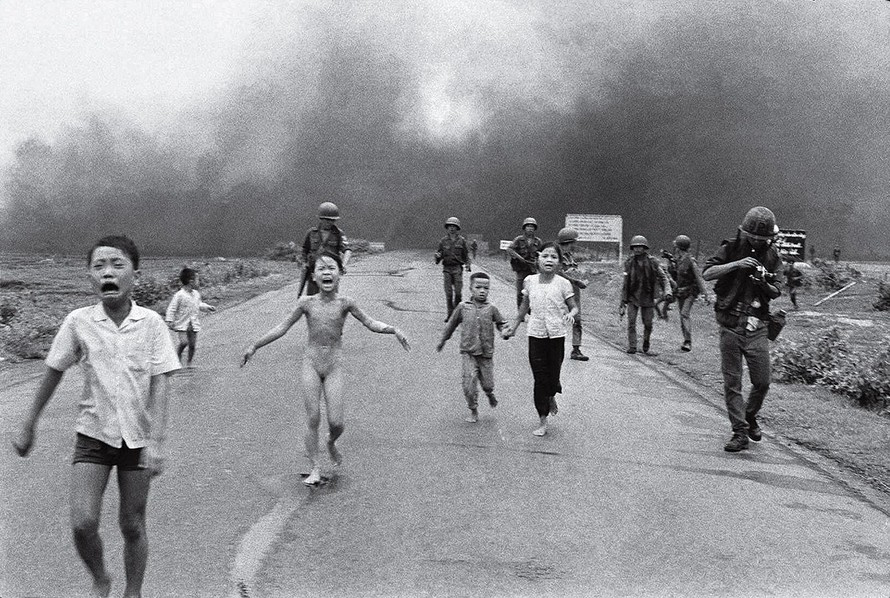 |
| "The terror of war". Photo: Nick Ut/ The Associated Press |
Nick Ut’s “the terror of war” (more commonly known as “Napalm girl”) quickly became a symbol of the horror of the Vietnam War. Upon hearing that U.S. President Richard Nixon thought his photo was manipulated, Nick Ut said, “The picture for me, and unquestionably for many others, could not have been more real. The photo was as authentic as the Vietnam war itself. The horror of the Vietnam war recorded by me did not have to be fixed.” In 1973, Nick Ut won the Pulitzer Prize with "the terror of war". In the same year, the U.S. ended direct military involvement in Vietnam.
The burning monk
In June 1963, most Americans couldn’t find Vietnam on the map, but nobody could forget the war-torn Southeast Asian country after AP Photographer Malcolm Browne took a photo of Buddhist monk Thich Quang Duc immolating himself on a road in Saigon. Browne got the news that a protest was going to be held against religious repression by the regime of President of South Vietnam Ngo Dinh Diem. In the morning of June 11, 1963, Browne saw two monks pouring 20 liters of gasoline on an old monk sitting at the corner between Le Van Duyet and Phan Dinh Phung streets (now Cach mang thang 8 – Nguyen Dinh Chieu streets in District 3 of Ho Chi Minh city).
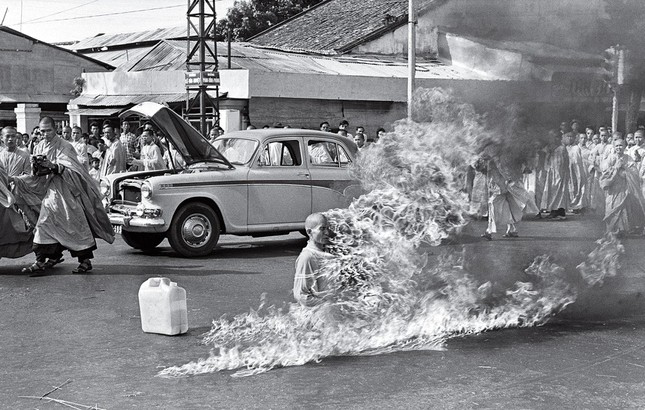 |
| "The burning monk". Photo: Malcolm Browne / The Associated Press |
The self-immolation of Thich Quang Duc became a sign of the volatility in Vietnam at the time. “The burning monk” made people question the association between the U.S. government and the Diem regime, soon leading to the U.S. government’s decision to not interfere in the coup in November 1963. Looking at Browne’s photo, which was awarded the Pulitzer Prize and World Press Photo of the Year, President John Kennedy said “No news picture in history has generated so much emotion around the world as that one.”
Sai Gon execution
On February 1, 1968, two days after the People’s Army of Vietnam and the Viet Cong set off the Tet Offensive, AP photographer Eddie Adams wandered on the street of Saigon to take photos. Adams saw Brigadier General Nguyen Ngoc Loan, chief of the national police, standing next to Viet Cong prisoner Nguyen Van Lem. He thought Loan was watching over the interrogation of the handcuffed prisoner. Through his lenses, Adams saw Loan raised a gun to Lem’s head and pulled the trigger. The Tet Offensive lasted until March 1968. Even though the U.S. forces fought back, press news of the anarchy in South Vietnam convinced the Americans that they could not win the war.
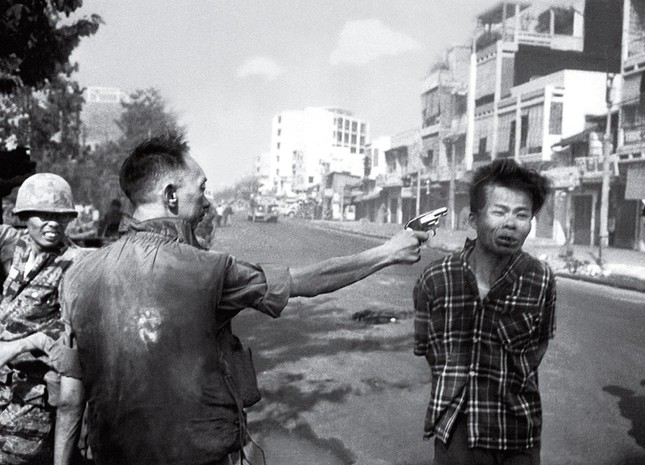 |
| "Saigon execution". Photo: Eddie Adams / The Associated Press |
The moment Lem was shot dead became a symbol of brutality. The wide release of “Sai Gon Execution” helped to raise awareness amongst Americans about the unjust and futility of the Vietnam War. Adams’ photo brought war photojournalism to a new height, and he was awarded the Pulitzer Prize for the photo. Three decades later, Adams said, “still photographs are the most powerful weapon in the world.”
The vulture and the little girl
Kevin Carter was a member of the Bang-Bang club- a group of four photographers who recorded a part of South African history during the apartheid via photos. In 1993, Carter flew to Sudan to take photos of the famine that was ravaging the African country. Exhausted after a day of hard work at Ayod village, he rested under a tree. Carter heard someone sniffling and saw a young child collapsed on the way to the feeding center, with a hooded vulture waiting nearby. The child was emaciated. Carter drove the vulture away and watched as the child walked slowly to the center. Afterward, he lighted his cigarette, talked to God and cried.
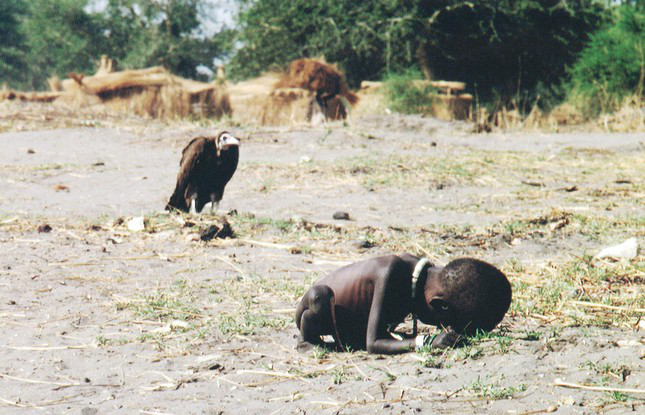 |
| "The vulture and the little girl". Photo: Kevin Carter |
In March 1963, the New York Times published “the vulture and the little girl," along with an article about the government of Sudan's response to the famine. Readers were eager to know what became of the child. Research implied that the subject of Carter’s photo survived the famine but died 14 years later due to malaria. Carter won the Pulitzer Prize with “the vulture and the little girl” but memories of that day continued to haunt him. In July 1994, Carter committed suicide, leaving behind a note that said “I am haunted by the vivid memories of killings and corpses and anger and pain.”
Alan Kurdi
By 2015, the Syrian civil war had been ongoing for over four years. On September 2, 2015, Alan Kurdi’s parents took three-year-old Alan and his older brother, 5, on an inflatable boat departing from Turkey to Kos, a Greek island just four kilometers away. After a few minutes, the boat sank, both mother and sons drowned at sea. A few hours later, Doğan News Agency photographer Nilufer Demir found Alan on a beach close to Bodrum, a port city in Turkey. His body was turned upside down and he looked as if he was asleep.
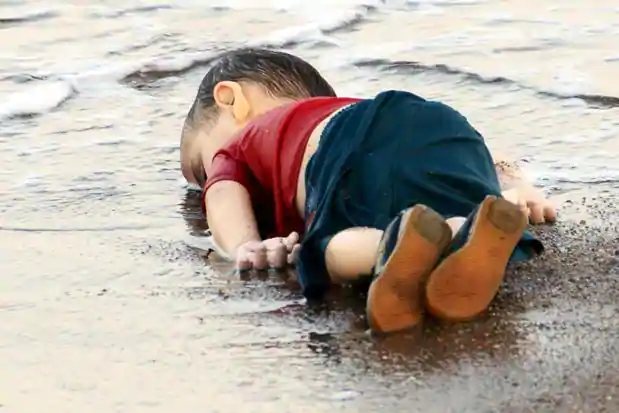 |
| "Alan Kurdi". Photo: Nilufer Demir / Doğan News Agency |
“There was nothing left to do for him. There was nothing left to bring him back to life,” Demir said, so she raised her camera. “I thought, this is the only way I can express the scream of his silent body."
In just a few hours, Demir’s photo went viral on social media, and many news agencies had to post the photo. Governments of many European countries were compelled to open closed borders.
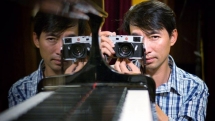 | Photographer Viet Thanh: I didn’t realise when I fell into photojournalism Established as an experience photojournalist, Nguyen Viet Thanh has been invited to join the jury at many photo contests over the past few years. In ... |
| Institute for Journalism and Communication Training inaugurated in USSH The Institute for Journalism and Communication Training was recently inaugurated in Hanoi University of Social Sciences and Humanities. |
 | VN modern journalism: 7 principles in professional skills and ethics "Journalist" is a sacred, precious and respectable profession. In the last 92 years, Vietnam has been so proud to have a revolutionary and humanistic journalism, ... |
Recommended
 World
World
US, China Conclude Trade Talks with Positive Outcome
 World
World
Nifty, Sensex jumped more than 2% in opening as India-Pakistan tensions ease
 World
World
Easing of US-China Tariffs: Markets React Positively, Experts Remain Cautious
 World
World
India strikes back at terrorists with Operation Sindoor
Popular article
 World
World
India sending Holy Relics of Lord Buddha to Vietnam a special gesture, has generated tremendous spiritual faith: Kiren Rijiju
 World
World
Why the India-US Sonobuoy Co-Production Agreement Matters
 World
World
Vietnam’s 50-year Reunification Celebration Garners Argentine Press’s Attention
 World
World



